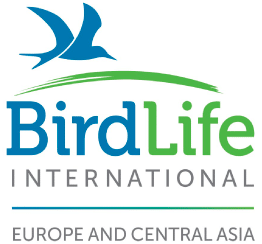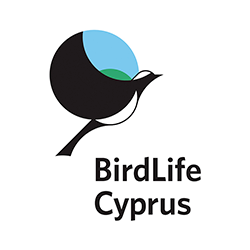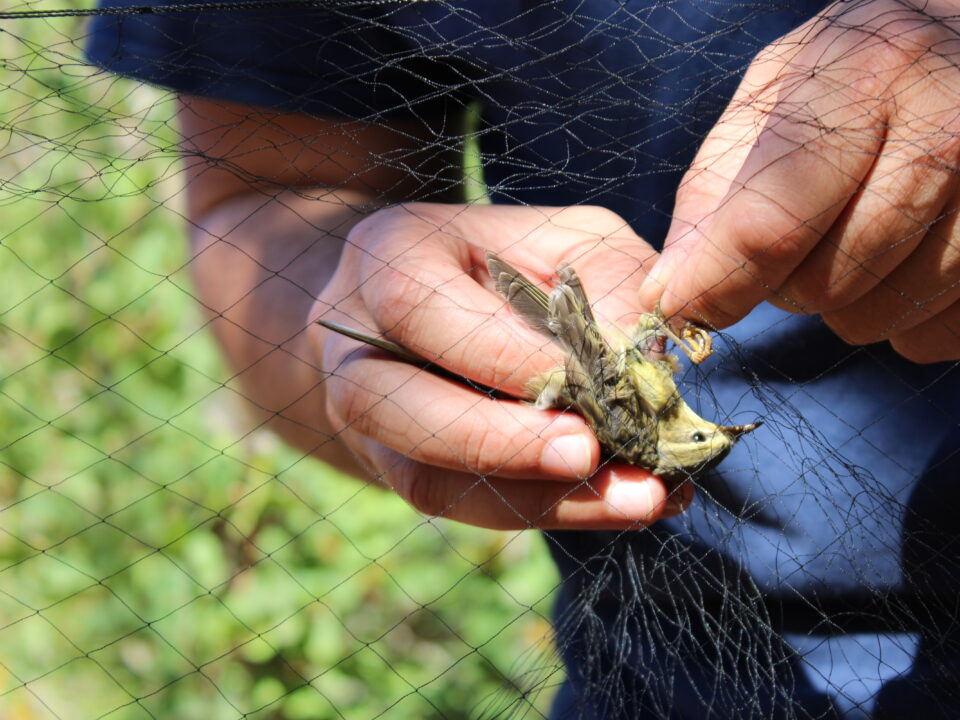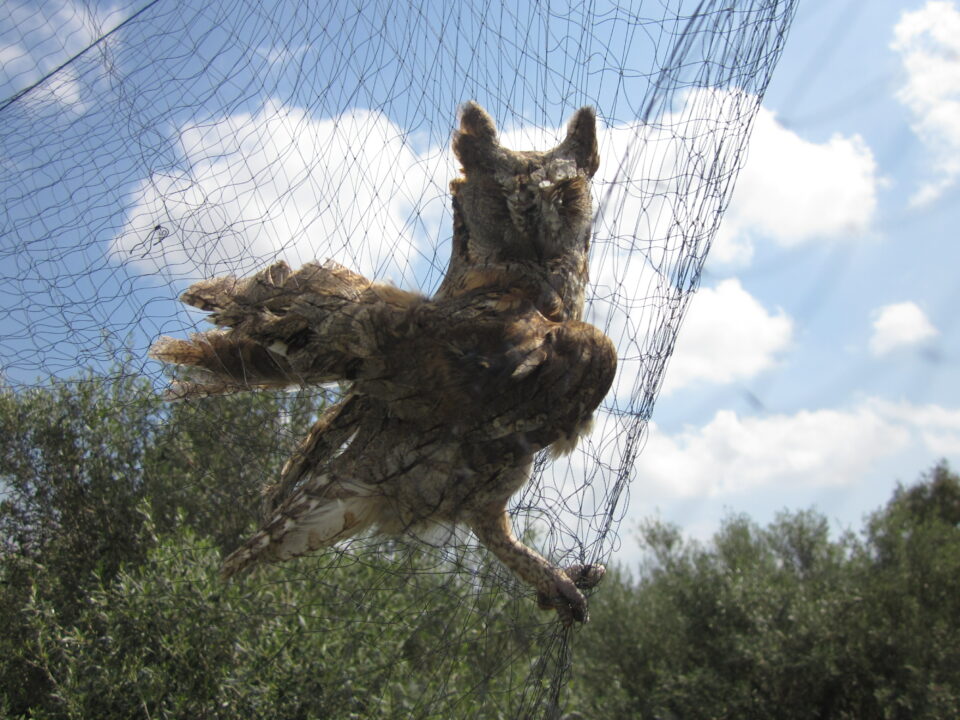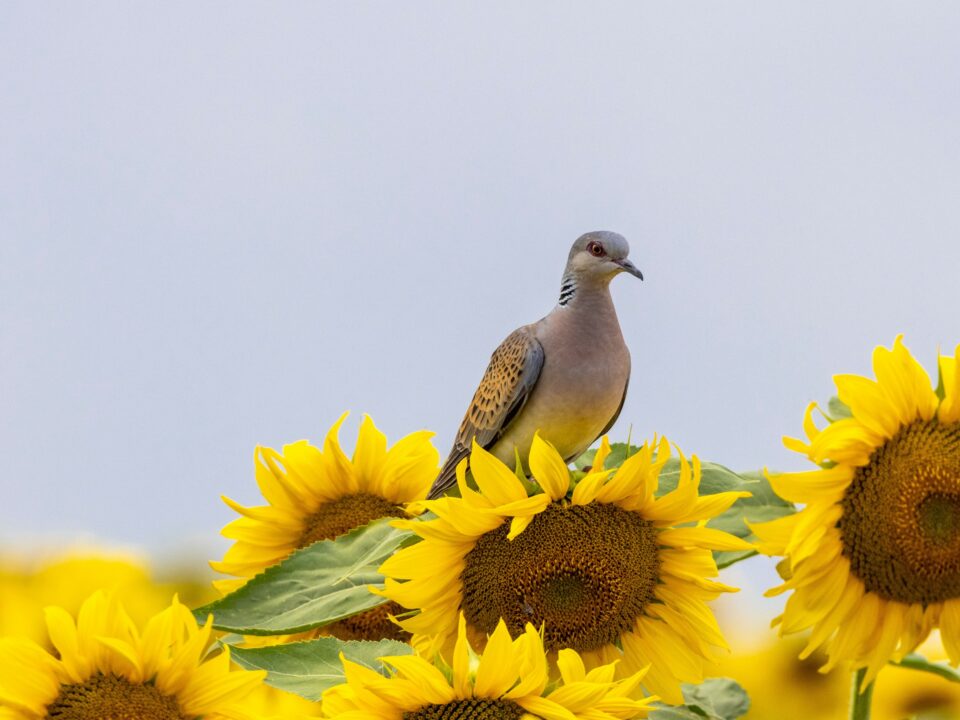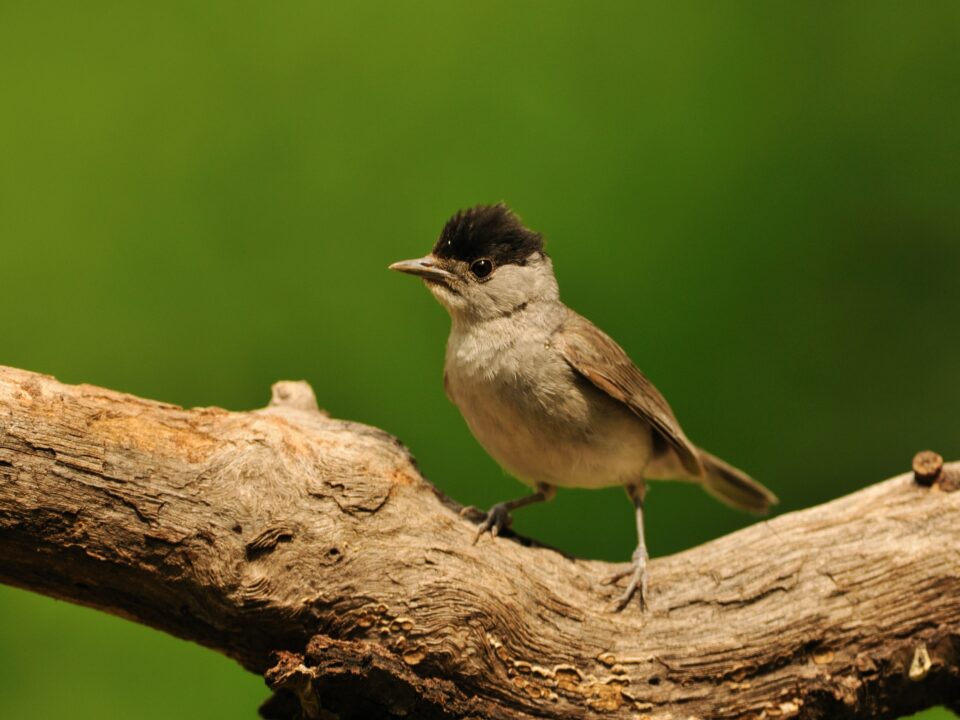Cyprus
Climate: Subtropical, Mediterranean, Semi-arid
Habitats: Mountains, Plains, Sea
In Greek mythology, Cyprus is the birthplace of Aphrodite, an ancient goddess associated with love and beauty. And from the ruins of Kourion to the salt lakes of Larnaca, Cyprus is indeed a place you could easily fall in love with. But if you’ve got feathers, you might want to think twice. Sadly, Cyprus isn’t always the best place to visit as a migratory songbird.
In 2019 alone, an estimated 610,000 birds were trapped and killed with mist nets and limesticks.
That being said, significant progress has been achieved over the past few years. In 2016, that number was as high as 2.5 million!1
What’s more, Cyprus’s three worst illegal killing areas used to rank among the top twenty worst poaching areas in the entire Mediterranean basin.2 The UK Sovereign Base Areas (SBAs) have recently been very successful at tackling poaching – once the country’s worst blackspots, they have evolved into exemplary success stories by reducing illegal trapping by 90% since 2017.
Some species suffer more than others. The birds hit the hardest by the massacre in Cyprus are the Song Thrush (Turdus philomelos), the Lesser Whitethroat (Curruca curruca), the Common Chiffchaff (Phylloscopus collybita), the Common Redstart (Phoenicurus phoenicurus), and especially the Eurasian Blackcap (Sylvia atricapilla). The Blackcap faces a particularly gruesome ordeal. It’s poached for ambelopoulia: a deadly dish made from the bodies of songbirds. Sourcing birds for this dish has become a profitable business which is controlled to a large extent by organised crime.
In Cyprus, the only legal way to hunt is with a rifle. All other hunting methods are forbidden, including use of calling devices or live decoys, shooting from a moving vehicle of any sort, or falconry. Trapping is also illegal, including the use of mist nets and limesticks. However, in reality, bird trapping with mist nets and limesticks takes place across the country, contributing to the large-scale killing of hundreds of thousands of migratory and wintering birds. Survey records show that 157 bird species have been found trapped in mist nets or on limesticks, 82 of which are conservation priority species. Moreover, it is forbidden to possess, sell or eat trapped songbirds
Thankfully, a protector works night and day to save Cyprus’s feathered beings. The saviour’s name? BirdLife Cyprus. Our Cypriot partner is fully dedicated to protecting the birds of Cyprus and their habitats. They have been carrying out a surveillance programme on illegal bird trapping since 2002, which has been instrumental in confirming the industrial scale of this horrifying activity. Moreover, BirdLife Cyprus has been pushing for the implementation of strategic action against illegal bird trapping, involving all relevant stakeholders, and advocating for better law enforcement on the ground. Finally, BirdLife Cyprus has been growing its educational and awareness outreach programme in recent years, with a focus on making the next generation more appreciative guardians of wildlife and nature.
1. BirdLife Cyprus, 2020, Update on illegal bird trapping activity in Cyprus
2. Brochet at al. (2016) Preliminary assessment of the scope and scale of illegal killing and taking of birds in the Mediterranean. Bird Conservation International. 26: 1–28
3. Game and Fauna Service, 2010
